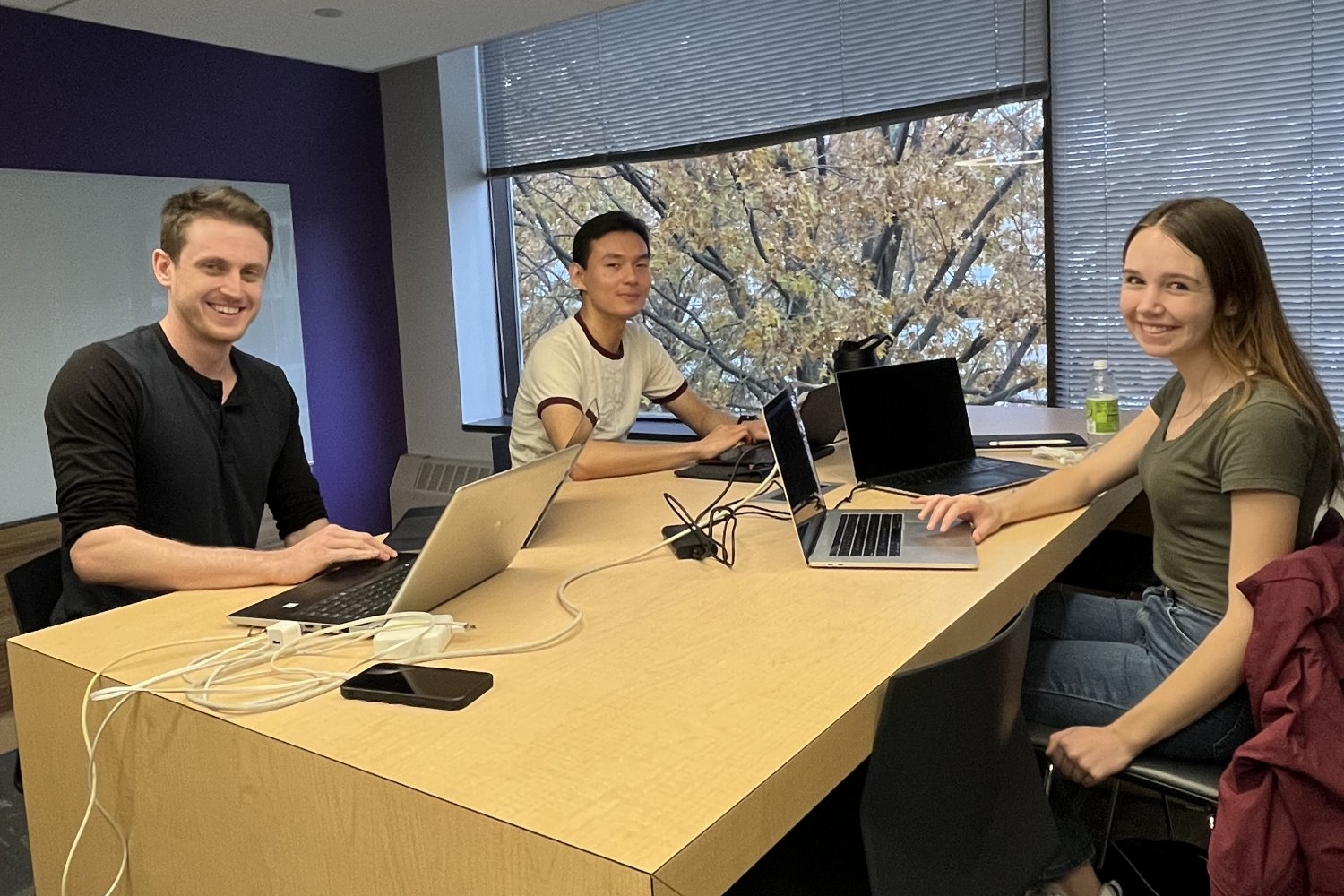Researchers at the National Institutes of Health have discovered that unmedicated children with anxiety disorders exhibit overactivation in various brain regions, including the frontal and parietal lobes and the amygdala. However, they have also found that treatment with cognitive behavioral therapy (CBT) can lead to improvements in both clinical symptoms and brain functioning. These findings shed light on the underlying brain mechanisms involved in the immediate effects of CBT, which is a commonly used treatment for anxiety disorders. The study, conducted by researchers at the National Institute of Mental Health (NIMH), was recently published in the American Journal of Psychiatry.
Senior author Melissa Brotman, Ph.D., who serves as the Chief of the Neuroscience and Novel Therapeutics Unit in the NIMH Intramural Research Program, explained, \”We are aware that CBT is effective. However, these findings help us gain a better understanding of how CBT works, which is a crucial first step in enhancing clinical outcomes.\”
In the study, sixty-nine unmedicated children diagnosed with anxiety disorders underwent 12 weeks of CBT based on an established protocol. CBT is considered the gold standard for treating anxiety disorders in children, as it involves modifying dysfunctional thoughts and behaviors through gradual exposure to anxiety-provoking stimuli.
The researchers utilized clinician-rated measures to assess changes in the children’s anxiety symptoms and clinical functioning before and after treatment. Additionally, they employed task-based fMRI to examine whole-brain changes and compare them to brain activity in sixty-two similarly aged children without anxiety.
The results showed that children with anxiety exhibited greater activity in several brain regions, including cortical areas in the frontal and parietal lobes, which are responsible for cognitive and regulatory functions such as attention and emotion regulation. They also displayed heightened activity in deeper limbic regions like the amygdala, which play a crucial role in generating intense emotions like anxiety and fear.
Following three months of CBT treatment, the children with anxiety experienced a clinically significant reduction in anxiety symptoms and improvement in functioning. The increased activation observed in many frontal and parietal brain regions prior to treatment also decreased after CBT, reaching levels equal to or lower than those observed in non-anxious children. According to the researchers, this reduced activation may indicate more efficient engagement of cognitive control networks as a result of CBT.
However, even after treatment, eight brain regions, including the right amygdala, continued to exhibit higher activity in anxious children compared to non-anxious children. This persistent pattern of enhanced activation suggests that certain brain regions, particularly limbic areas involved in modulating responses to anxiety-provoking stimuli, may be less responsive to the acute effects of CBT. Modifying activity in these regions may require a longer duration of CBT, additional forms of treatment, or direct targeting of subcortical brain areas.
First author Simone Haller, Ph.D., who serves as the Director of Research and Analytics in the NIMH Neuroscience and Novel Therapeutics Unit, emphasized the importance of understanding the brain circuitry underlying severe anxiety and identifying which circuits normalize and which do not during CBT. Haller stated, \”This understanding is crucial for advancing treatment and making it more effective for all children.\”
In this particular study, all children with anxiety received CBT. To provide a basis for comparison, the researchers also measured brain activity in a separate sample of eighty-seven youth who were at high risk for anxiety based on their infant temperament. These at-risk children had not received CBT treatment as they were not diagnosed with an anxiety disorder. Brain scans were conducted when they were 10 and 13 years old.
The results indicated that higher brain activity in adolescents at temperamental risk for anxiety was associated with increased anxiety symptoms over time and resembled the brain activity observed in children diagnosed with anxiety disorders before treatment. These findings offer preliminary evidence that the brain changes observed in children with anxiety were driven by CBT and may serve as reliable neural markers of anxiety treatment.
Anxiety disorders are prevalent among children and can cause significant distress in various social and academic situations. They are also chronic, with a strong likelihood of persisting into adulthood where they become more challenging to treat. Despite the effectiveness of CBT, many children continue to experience anxiety symptoms even after receiving treatment. Enhancing therapy to more effectively address anxiety during childhood can have both short- and long-term benefits, preventing more serious issues later in life.
This study provides evidence, based on a large group of unmedicated youth with anxiety disorders, of the altered brain circuitry associated with the effects of CBT. These findings could potentially be used in the future to enhance treatment outcomes by targeting brain circuits linked to clinical improvement. This is particularly important for the subset of children who did not significantly improve after short-term CBT.
Brotman concluded, \”The next step in this research is to determine which children are most likely to respond to treatment. Can we identify factors before treatment initiation that enable us to make more informed decisions about the most suitable treatment and timing? Answering these questions would further translate our research findings into clinical practice.\”





















